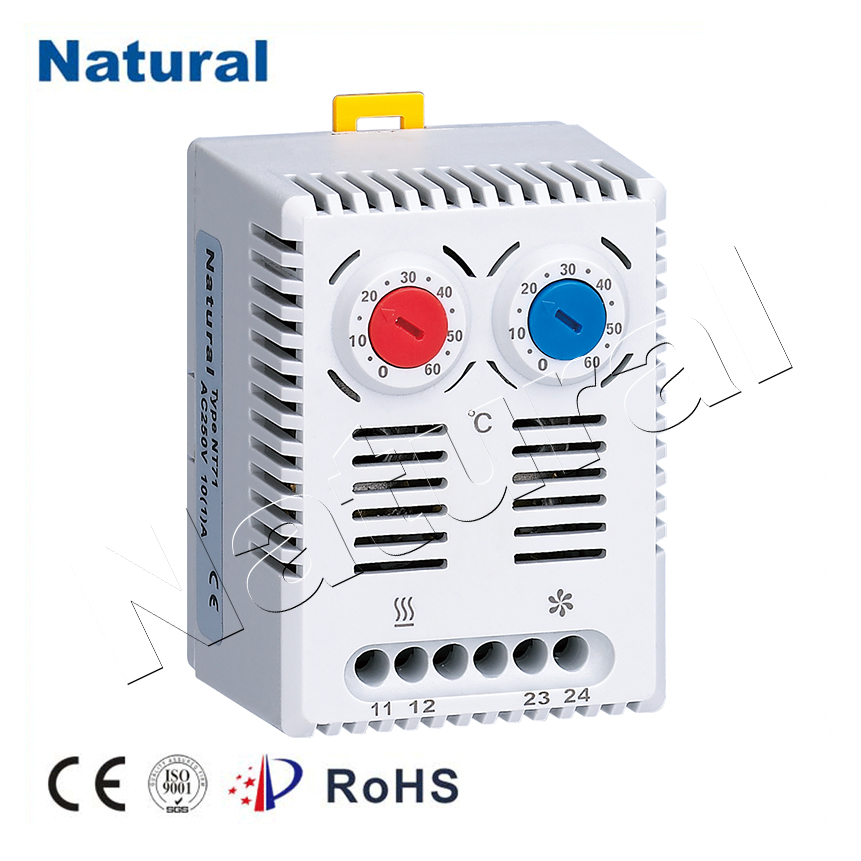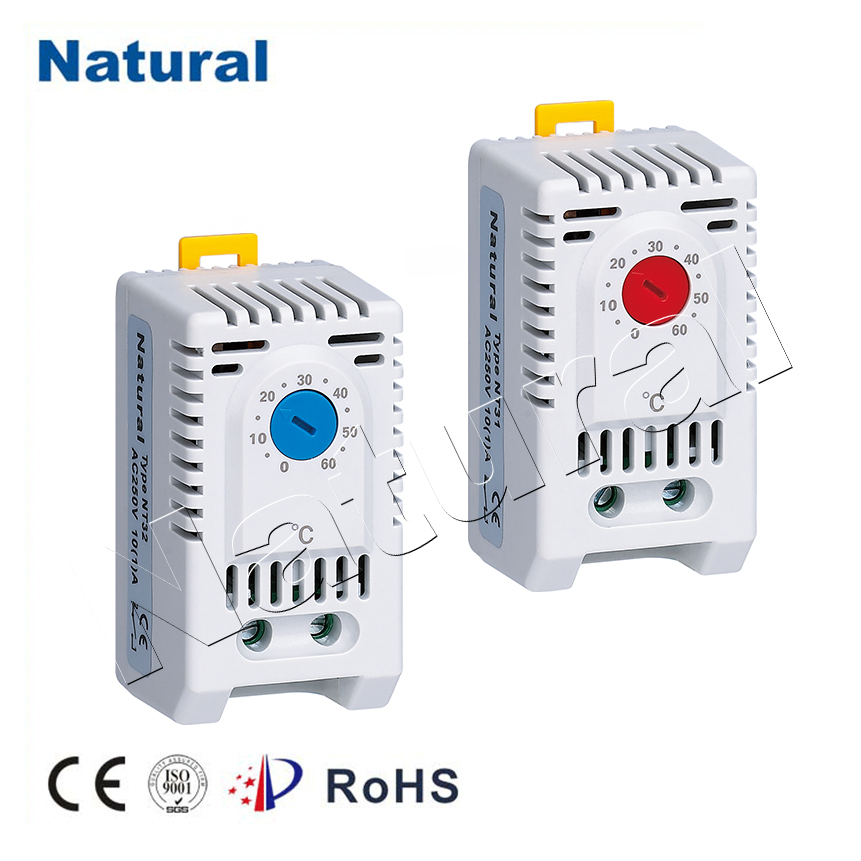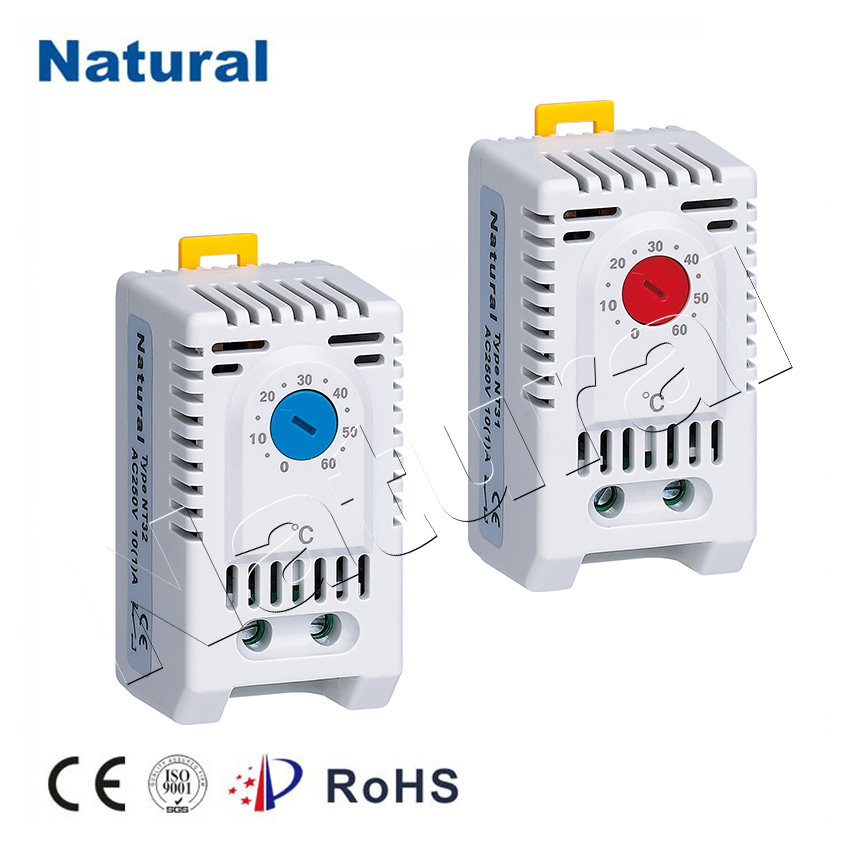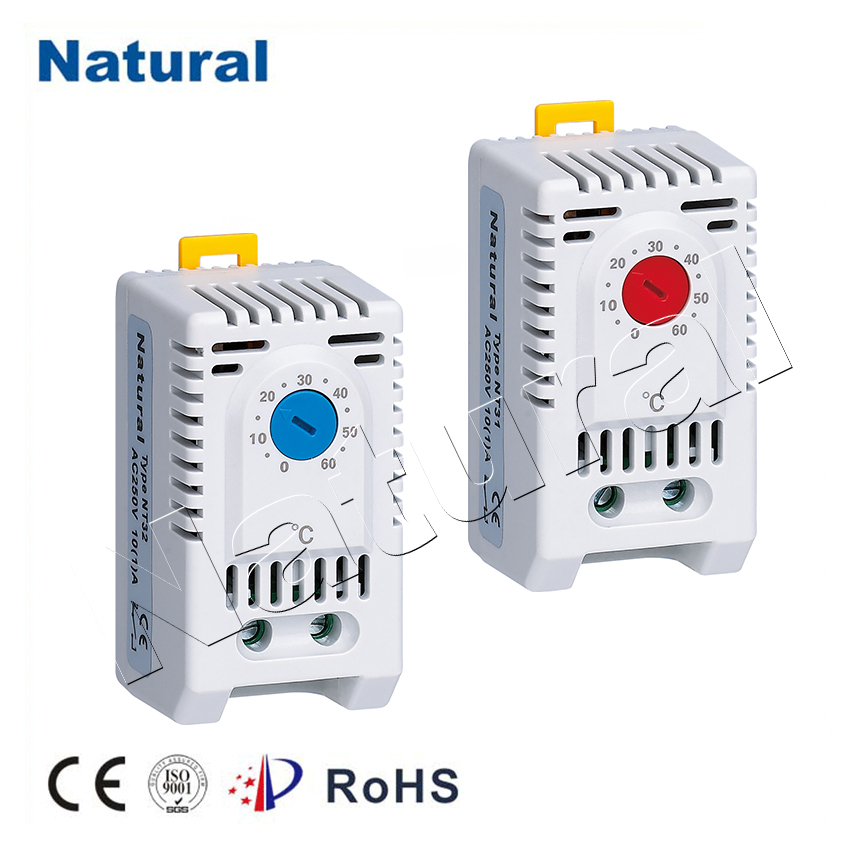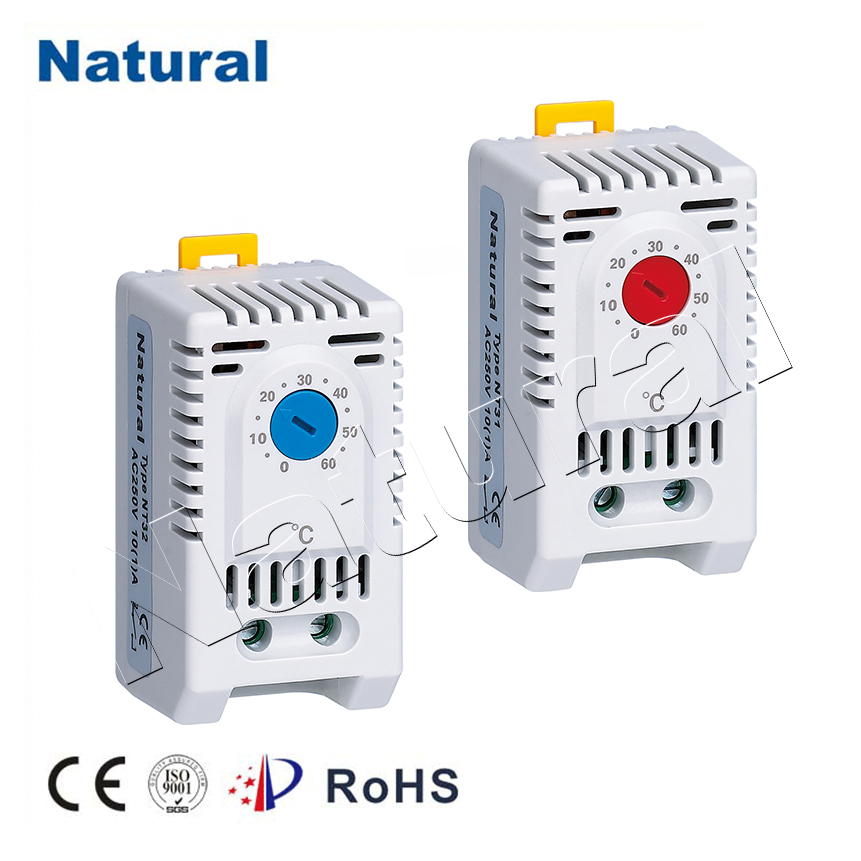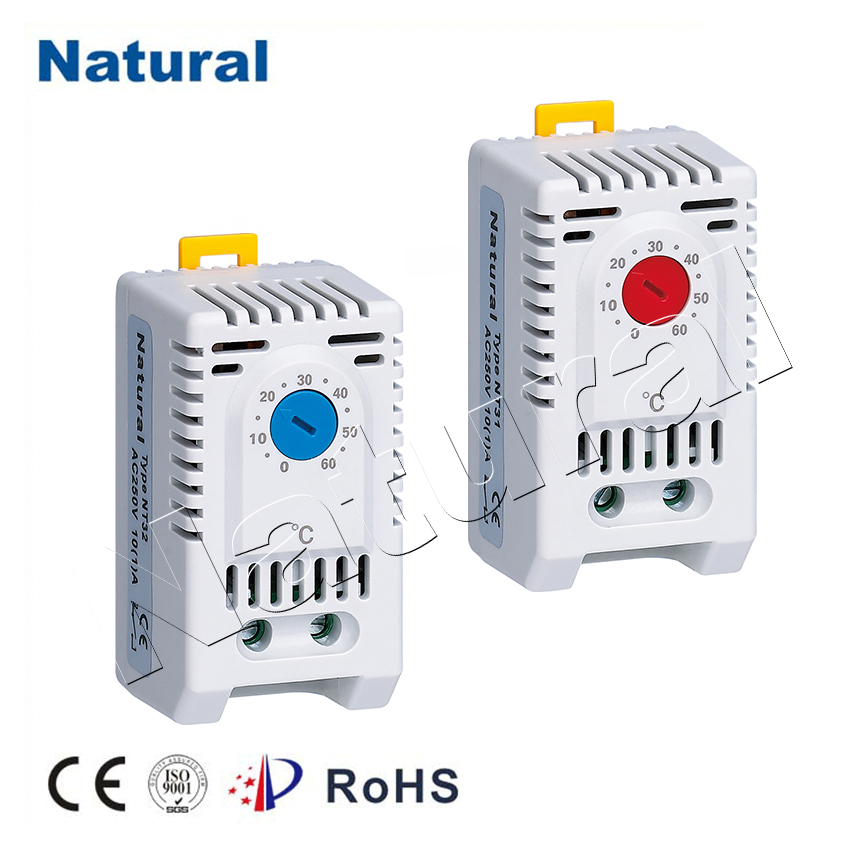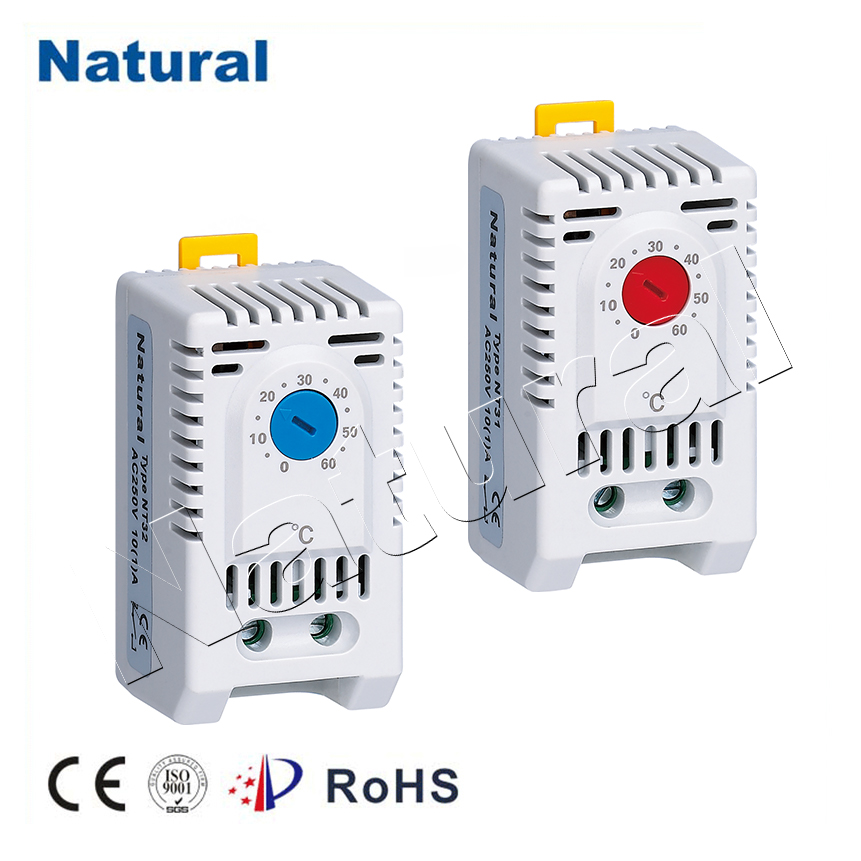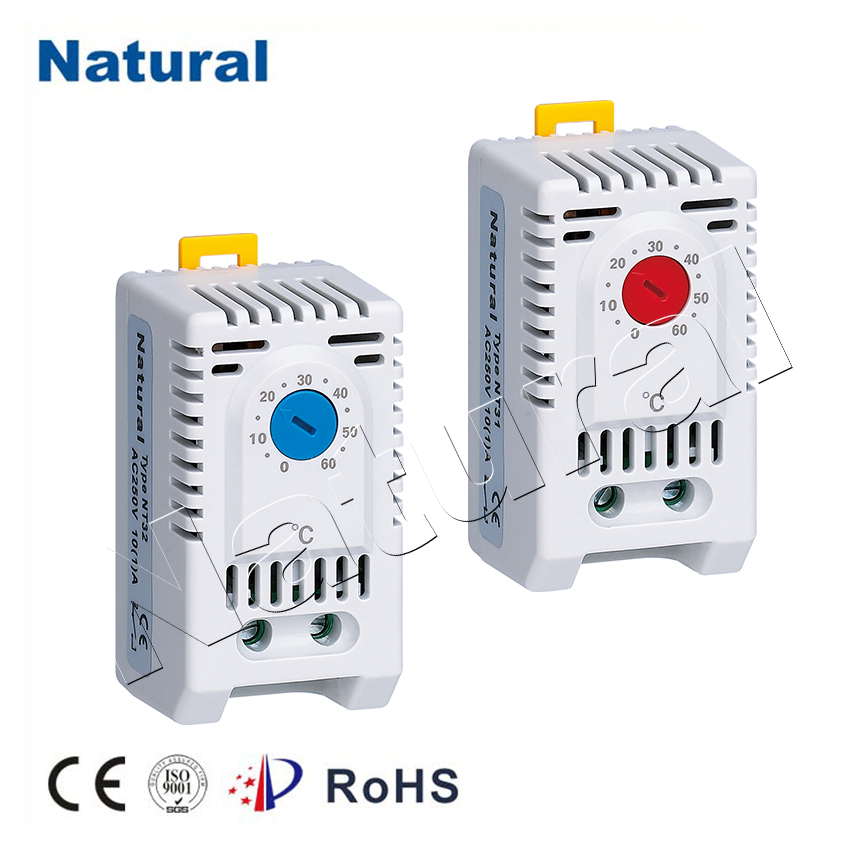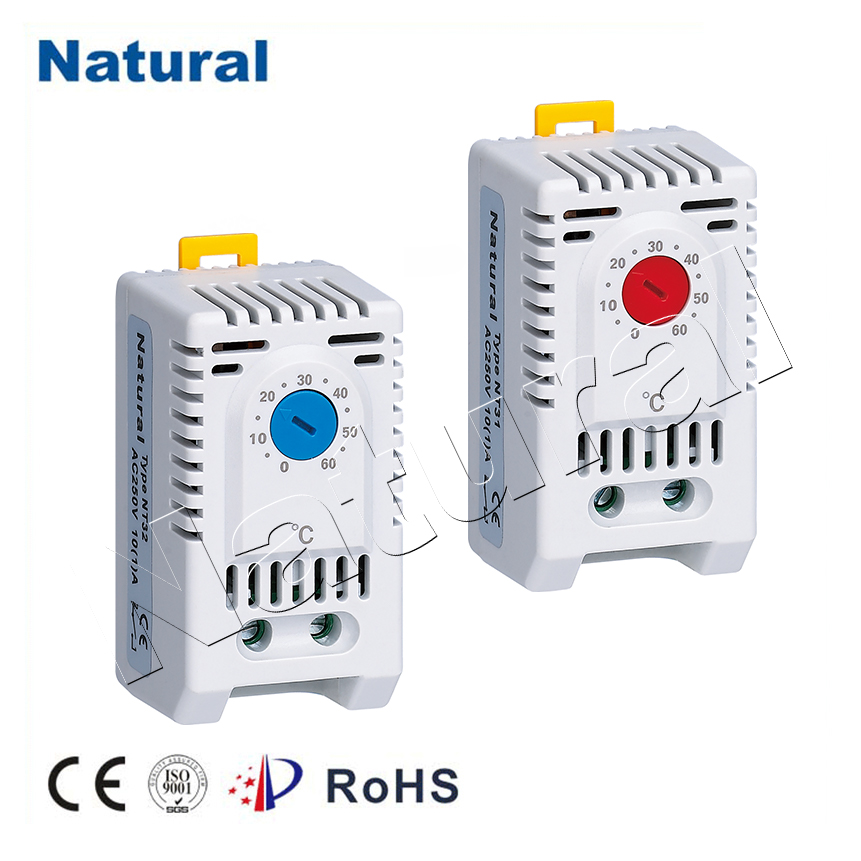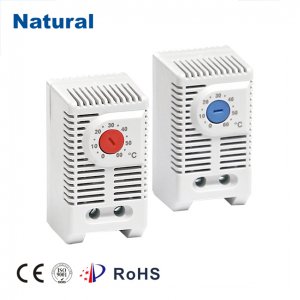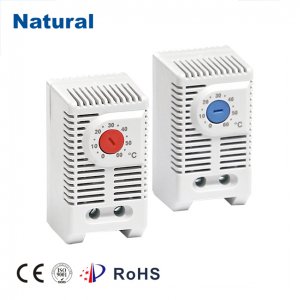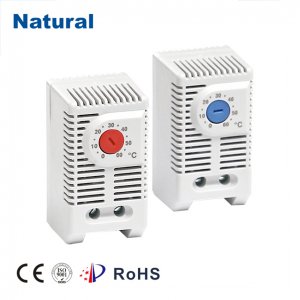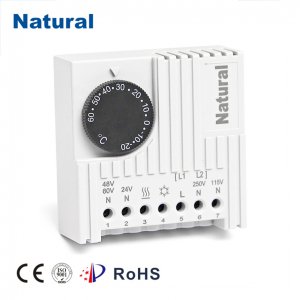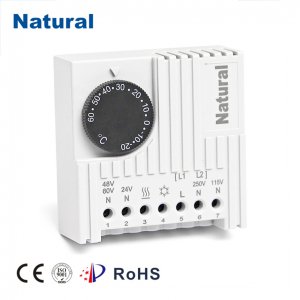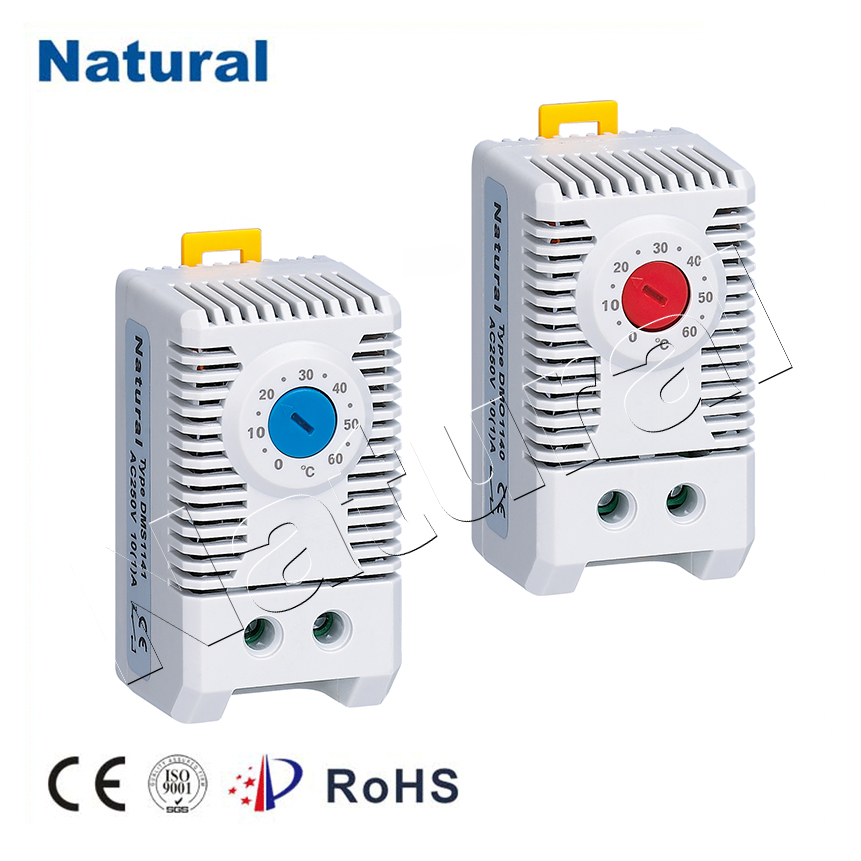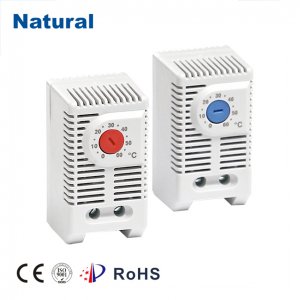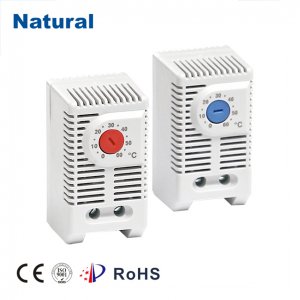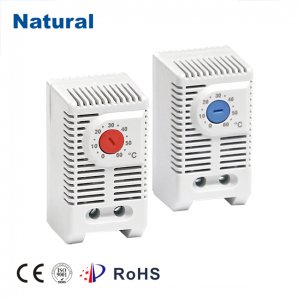In recent years, the dual thermostat has become an increasingly popular addition to modern homes, offering convenience, efficiency, and enhanced comfort. Whether you’re upgrading your current heating and cooling system or building a new home, understanding how a dual thermostat works and its benefits can help you make an informed decision. In this article, we will explore what a dual thermostat is, how it functions, and the advantages it offers to homeowners.
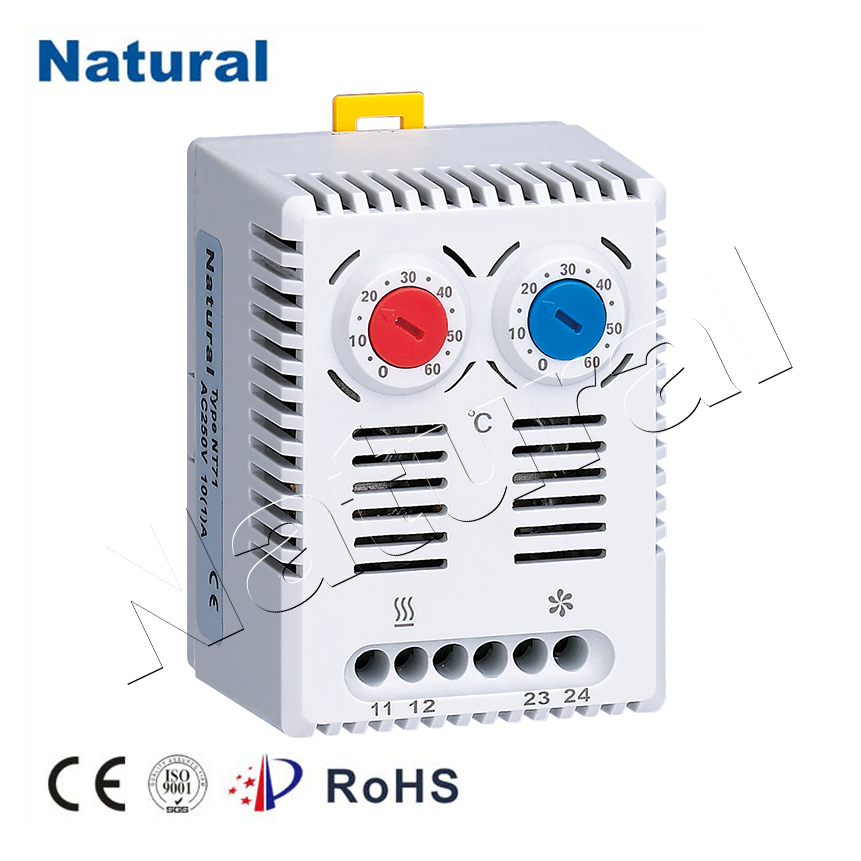
What is a Dual Thermostat?
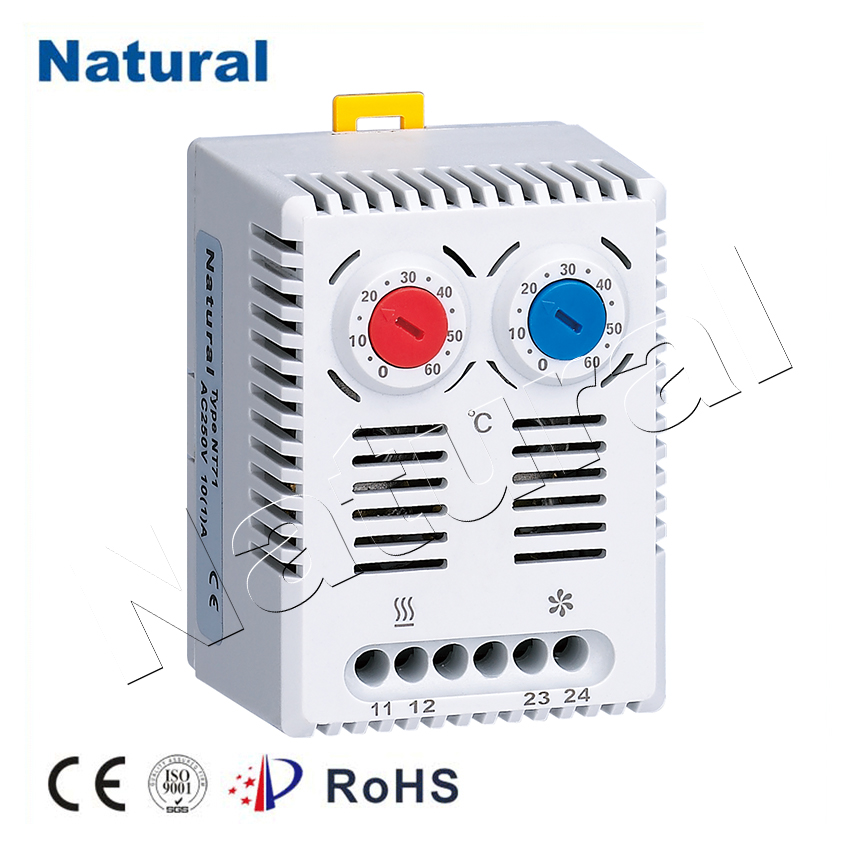
A dual thermostat is a device that enables you to independently control the temperature in two distinct areas of your home. Unlike a single thermostat, which regulates the temperature for the entire space, a dual thermostat is designed to manage the climate in two separate zones. For example, one zone could be the living room and the other could be the bedrooms, or it could control different floors in a multi-story house. The dual thermostat system generally works by using two separate sensors and control units, allowing the homeowner to adjust the temperature for each zone according to personal preferences. This not only increases comfort but also helps in reducing energy consumption by ensuring that heating or cooling is only active in the areas that require it.
